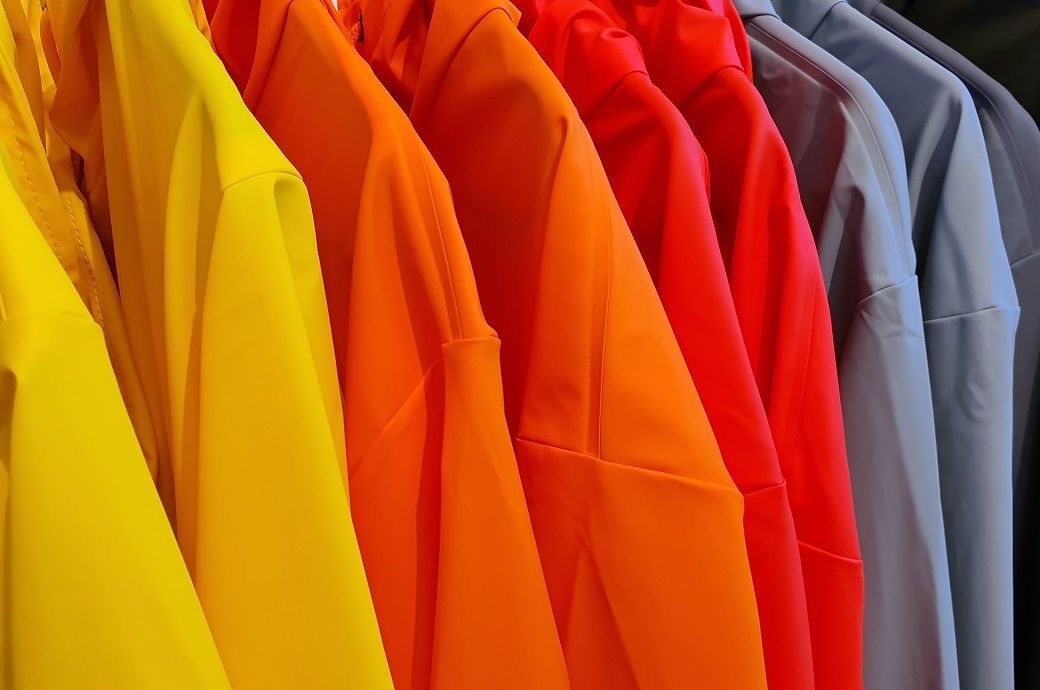
PFAS encompass a diverse group of human-made chemicals that have garnered significant attention in recent years. PFAS are characterised by their unique chemical structure, consisting of carbon and fluorine atoms, which contribute to their exceptional resistance to heat, water, and oil. These properties have led to their widespread use in various industrial and consumer textile applications, the AATCC said in a press release.
PFAS-treated textiles, such as waterproof jackets and stain-resistant carpets, have become increasingly popular due to their desirable functional attributes. However, concerns have arisen regarding the potential adverse effects of PFAS on human health and the environment.
Navigating a path forward for PFAS in textiles requires collaboration among stakeholders, including researchers, industry professionals, policymakers, and consumer advocacy groups. It involves understanding the potential risks, exploring viable alternatives, and implementing effective policies and regulations.
By collectively addressing the challenges associated with PFAS, stakeholders can strive towards a more sustainable and responsible approach to textile manufacturing while safeguarding human health and the environment.
Early registration for the conference is open until June 27, 2023.
Fibre2Fashion News Desk (NB)